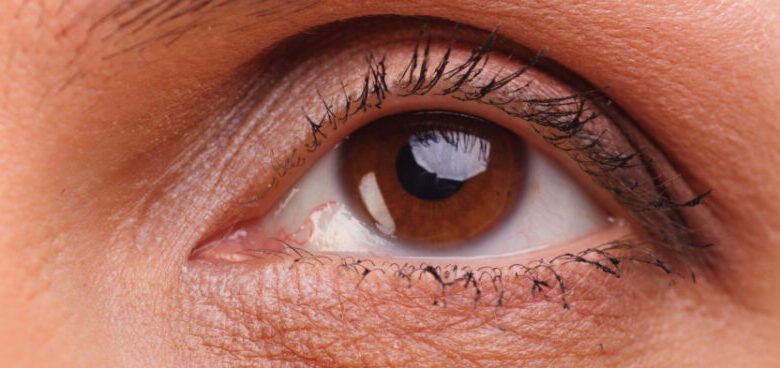
Introduction
Understanding Sagging Eyelids
Sagging eyelids, medically known as ptosis, occur when the upper eyelid droops lower than normal. This can be due to aging, genetics, or underlying medical conditions. Over time, the muscles responsible for lifting the eyelid weaken, leading to a tired or aged appearance. In some cases, severe sagging can obstruct vision, making surgical correction necessary not just for cosmetic reasons but also for functional improvement.
Why Choose Surgery for Sagging Eyelids?
Surgical correction is the most effective and long-lasting solution for sagging eyelids. It helps to restore a natural, youthful look while also improving vision in cases where drooping eyelids interfere with sight. Unlike temporary treatments, surgery provides permanent results by tightening muscles and removing excess skin, giving the eyes a more alert and refreshed appearance.
Types of Eyelid Surgery
Upper Eyelid Surgery
This procedure targets the upper eyelids to remove excess skin, tighten muscles, and create a more defined eyelid contour. It is ideal for individuals who experience drooping that affects their vision or causes a perpetually tired look. The incisions are carefully placed along the natural eyelid crease, ensuring minimal visible scarring.
Lower Eyelid Surgery
While upper eyelid surgery focuses on sagging skin above the eye, lower eyelid surgery addresses puffiness, under-eye bags, and excess skin below the eye. This procedure helps in achieving a smoother, youthful appearance by repositioning or removing excess fat and tightening the skin.
Combination Surgery
For individuals with significant aging signs around the eyes, a combination of upper and lower eyelid surgery can provide a more balanced and comprehensive enhancement. Combining both procedures ensures that the results look natural and harmonious with the rest of the face.
Preparing for Eyelid Surgery
Before undergoing eyelid surgery, a consultation with a specialist is essential. During this session, the surgeon evaluates the patient’s eye structure, skin condition, and overall health to determine the most suitable procedure. Patients are advised to follow pre-surgery guidelines, including lifestyle adjustments and avoiding certain medications to ensure a smooth surgical process and recovery.
The Surgical Procedure
Eyelid surgery is performed using precise techniques to minimize discomfort and promote faster healing. The procedure usually begins with anesthesia to ensure patient comfort. Small incisions are made along the natural creases of the eyelids to access the underlying tissues. The surgeon then removes or repositions excess skin and fat while tightening the muscles to achieve a lifted and youthful look. The incisions are carefully closed, allowing for seamless healing with minimal scarring.
Recovery and Aftercare
After the surgery, patients are provided with detailed aftercare instructions to ensure proper healing. It is common to experience mild swelling and temporary discomfort, which gradually subsides over the following days. Patients are advised to follow a rest period, avoid strenuous activities, and keep the eye area clean to promote faster recovery.
Regular follow-up appointments help monitor healing progress and ensure optimal results. The final outcome becomes more visible as the swelling diminishes, revealing rejuvenated eyelids and a refreshed appearance.
Expected Results
The results of eyelid surgery are long-lasting and can significantly enhance one’s facial aesthetics. Patients often notice a more youthful, alert, and rested look, boosting their confidence. Since the procedure tightens and lifts the eyelids, it also improves peripheral vision in cases where sagging skin previously obstructed sight.
Frequently Asked Questions
Who is a good candidate for eyelid surgery?
Individuals with sagging upper eyelids, under-eye bags, or puffiness can benefit from eyelid surgery. It is ideal for those in good health who want to improve their appearance and, in some cases, their vision. A consultation with a specialist helps determine suitability for the procedure.
How long does the procedure take?
The duration of eyelid surgery depends on whether it involves the upper, lower, or both eyelids. Generally, the procedure takes between one to three hours, depending on the complexity of the case.
Is eyelid surgery painful?
Eyelid surgery is performed under anesthesia to ensure comfort. Mild discomfort may be experienced after the procedure, but this can be managed with proper aftercare and prescribed post-surgery guidelines.
How soon can normal activities be resumed?
Most patients can return to light daily activities within a few days. However, strenuous exercises and activities that strain the eyes should be avoided for a few weeks to ensure proper healing.
Will there be visible scars?
The incisions are made along the natural creases of the eyelids, making any scars barely noticeable once healed. With proper aftercare, the scars fade over time and blend seamlessly with the skin.
How long do the results last?
Eyelid surgery provides long-lasting results, often lasting for many years. The aging process continues, but the improvements made through the procedure maintain a youthful appearance for an extended period.
Conclusion
Correcting sagging eyelids through expert surgery in Abu Dhabi offers a safe and effective way to restore a youthful and refreshed look. The procedure enhances both appearance and vision, providing long-term benefits. With skilled surgical techniques, precise incisions, and a dedicated aftercare process, patients can achieve natural and lasting results. If sagging eyelids are affecting confidence or vision, consulting with an expert surgeon is the first step toward transformation.



